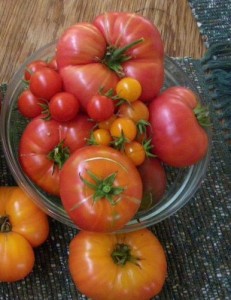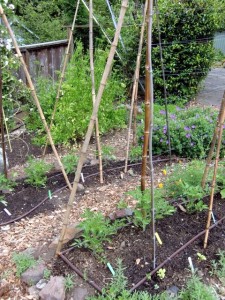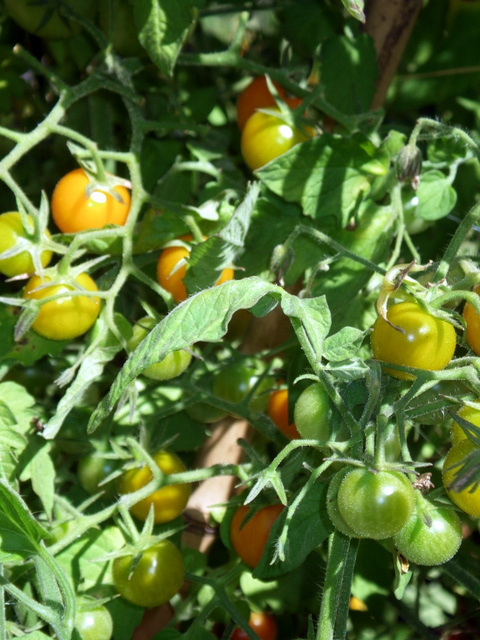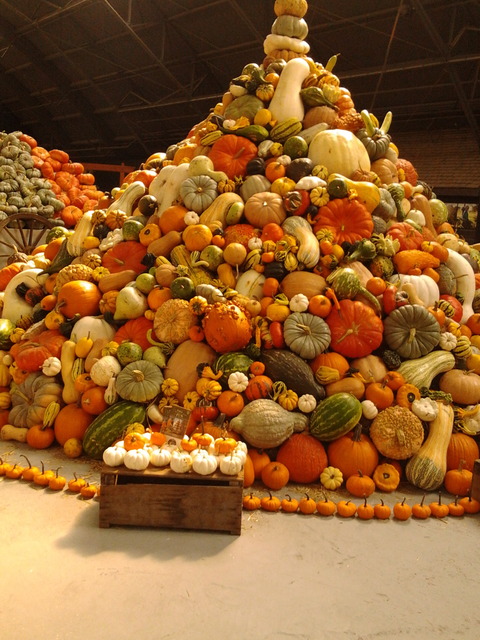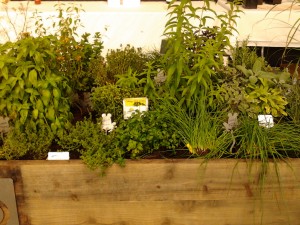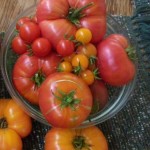
by Avis Licht – A fresh picked, ripe, delicious tomato is one of the best foods in the garden. They are soooo much better than store bought and so easy to grow, that they are one of the most widely grown vegetables. Here are a few tips that will help insure you get the best, tastiest and healthiest tomatoes.
1. Pick a sunny site. You can’t make up for lack of sun. Look for at least 7 hours of sun per day.
2. Tomatoes prefer well drained, neutral to slightly acid soil. Add lime to acid soil and sulfur to alkaline soil. Make sure your soil drains well. They don’t like sitting in water.
3. Pick several varieties that are suitable to your climate. For instance, if you live near the coast and fog, it’s better to grow cherry tomatoes that don’t need a long, hot season. The larger the tomato, the longer the season. There are plants known as determinate and indeterminate. Determinate types are bushier, need little or no staking and tend to bear all their crop at once. They do well in pots or containers. Indeterminate grow taller and need staking. They bear their crop over a longer period of time. If you plant some of each you will have tomatoes over a longer period. Check out this site for varieties of heirloom tomatoes.
4. Set out your plants after all danger of frost has passed. The biggest mistake people make is putting out their tomatoes too early, during a warm period in early spring. They get whacked by a late frost, or just cold weather. Tomatoes like warm soil. Put the plants in and after the weather warms up a little, then mulch them.
5. Give tomatoes well aged manure or compost. They don’t need a lot of nitrogen, but do need the micronutrients in the compost for good flavor.
6. HERE’S AN IMPORTANT TIP: Give your tomatoes regular water. If the roots dry out, they don’t take up the calcium in the soil, which results in cracked fruits and end rot. However: when the plants are getting ripe, you can cut back on the amount of water. Mealy, watery tomatoes are usually a result of OVER WATERING!
I use this simple, inexpensive gauge to let me know how moist the soil is. You can’t tell by looking at the surface if you need to water. The top of the soil can be dry and the soil at a few inches below may be wet. Check first before you water. Believe me, this is one of my most used tools.
7. When you finally get your delicious tomatoes – DON’T put them in the refrigerator. It ruins their flavor. Keep them out on the counter out of the sun. Hardly anyone knows this. But you know it now.

 Follow
Follow

